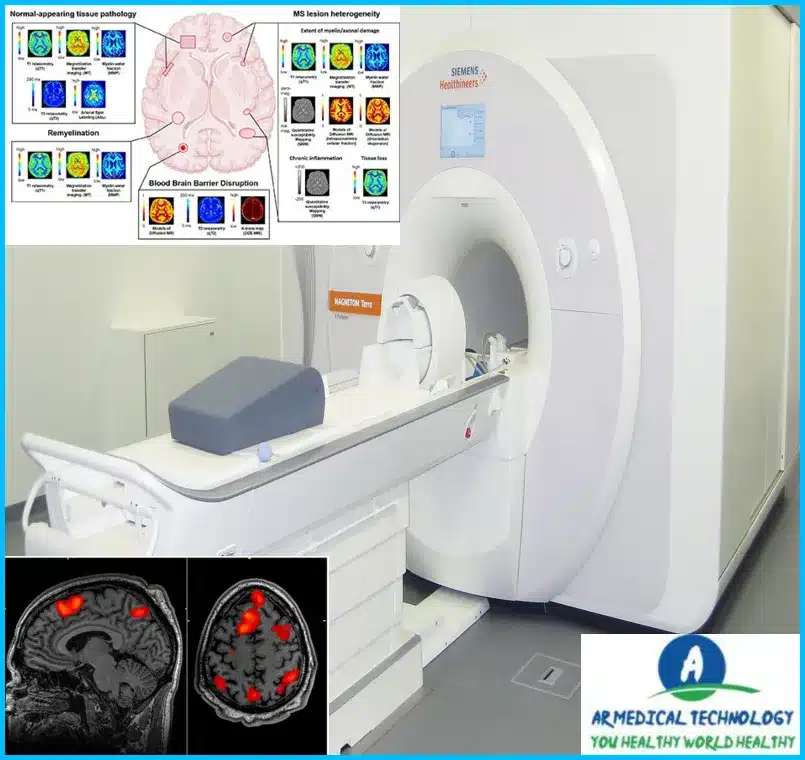Normal Brain MRI but Abnormal EEG
Are you struggling to understand why your EEG results are abnormal despite a normal brain MRI? It can be frustrating when your test results don’t match, especially if it’s affecting your health. But don’t worry – there may be a simple explanation behind this discrepancy which we’ll explore in this blog post. So buckle up and let’s dive into the world of brain scans.
Abnormal EEG results in adults
There are many reasons why an EEG may be abnormal in an otherwise healthy adult. A common cause is stress or anxiety, which can cause the brain to generate abnormal electrical activity. Other causes include lack of sleep, use of certain medications, and alcohol or drug abuse. Epilepsy is another possible cause of abnormal EEG results.
In some cases, EEG results may be abnormal due to brain injury or neurological disorders such as stroke, multiple sclerosis, or dementia. Other possible causes include infection and tumors. Some endocrine diseases such as thyroid disease can also cause changes in EEG activity.
Article About:- Health & fitness
Article About:- Medical Technology
Article About:- Sports

Seizures with normal test results
Although a normal brain MRI is reassuring, it does not rule out the possibility of seizures. In fact, about 20% of people with epilepsy have completely normal brain MRI results. If you have seizures and your brain MRI is normal, your doctor may order an EEG to look for abnormal electrical activity in your brain that may be associated with seizures.
Abnormal EEG on left side of Brain
An EEG, or electroencephalogram, is a test that measures electrical activity in your brain. The test is usually done by placing electrodes on your scalp. These electrodes record the electrical activity of your brain waves.
EEGs can be used to diagnose seizures, sleep disorders, and other neurological conditions. An abnormal EEG may be a sign of a problem with the electrical activity in your brain.
If you have an abnormal EEG on the left side of your brain, it may be a sign of a seizure disorder or other neurological condition. If you have symptoms of a seizure, such as uncontrolled movements or loss of consciousness, you should see a doctor immediately.
Normal vs abnormal EEG
An EEG, or electroencephalogram, is a test that measures electrical activity in the brain. An MRI, or magnetic resonance imaging, is a test that uses magnetic waves to create images of the brain.
A normal EEG shows patterns of electrical activity that are typical for a person’s age and health. An abnormal EEG may show electrical activity that is unusual for a person’s age and health. Abnormalities in EEG readings can be caused by many things, including seizures, sleep disorders, head injury, stroke and Alzheimer’s disease.
If you have an abnormal EEG reading, it does not necessarily mean that you have a medical condition. However, it is important to follow up with your healthcare provider to rule out any serious problems.
What are the Possible causes for an Abnormal EEG?
There are many possible causes for an abnormal EEG. Some of the more common causes include:
- Epilepsy
- Sleep disorders
- Brain tumors
- Stroke
- Infections
- Traumatic brain injury
- Substance abuse
- Metabolic disorders.
MRI after EEG
If you have an abnormal EEG, it is important to follow up with an MRI to rule out any structural abnormalities in the brain. MRI is the best imaging modality for viewing the brain, and can often provide clues as to the cause of an abnormal EEG. For example, if there is evidence of trauma on MRI, it may cause an abnormal EEG.

FAQ
What does EEG show that MRI does not?
Real-time physiological function of the brain is captured by EEGs, however they might not offer as comprehensive structural imaging as MRIs. This offers special insights that MRIs cannot provide, such as measuring neuronal transmission, identifying anomalies in brain waves, and tracking changes over time.
Which is more accurate MRI or EEG?
When it comes to spatial resolution, MRI is superior to electroencephalography (EEG). An extended duration of brain activity can be obtained using MRI with hyperintense lesions on FLAIR and DWI, in contrast to a typical EEG that may only record contentious patterns such as lateralized periodic discharges (LPDs).
Is it normal to have an abnormal EEG?
An EEG test with abnormal findings might arise from: abnormal bleeding (loss of blood) an aberrant brain structure (like a brain tumor) tissue death brought on by a blood flow obstruction (cerebral infarction)
Why would need a MRI after EEG?
An outstanding surgical success may be more than 90% if the EEG indicates that the seizures originate from the temporal lobe on one side of the brain and the MRI reveals these distinctive alterations on the same side.
Can EEG detect brain tumor?
The purpose of an EEG is to identify and pinpoint aberrant electrical activity in the brain. locate any suspected head injuries, hemorrhage, infections, inflammations, or brain tumors. identify and keep track of conditions such cerebral edema, narcolepsy, and epilepsy, a seizure disorder.




